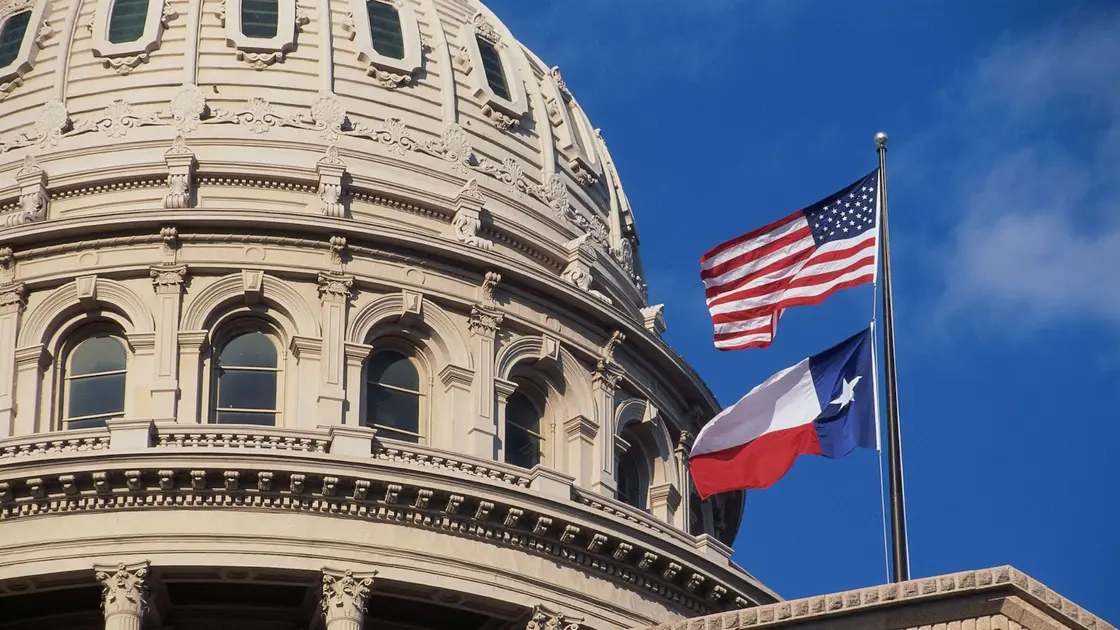T4K3.news
Texas redistricting moves Austin voters into distant rural districts
A mid-decade plan would shift Austin residents into rural districts up to 311 miles away, triggering protests and legal questions.
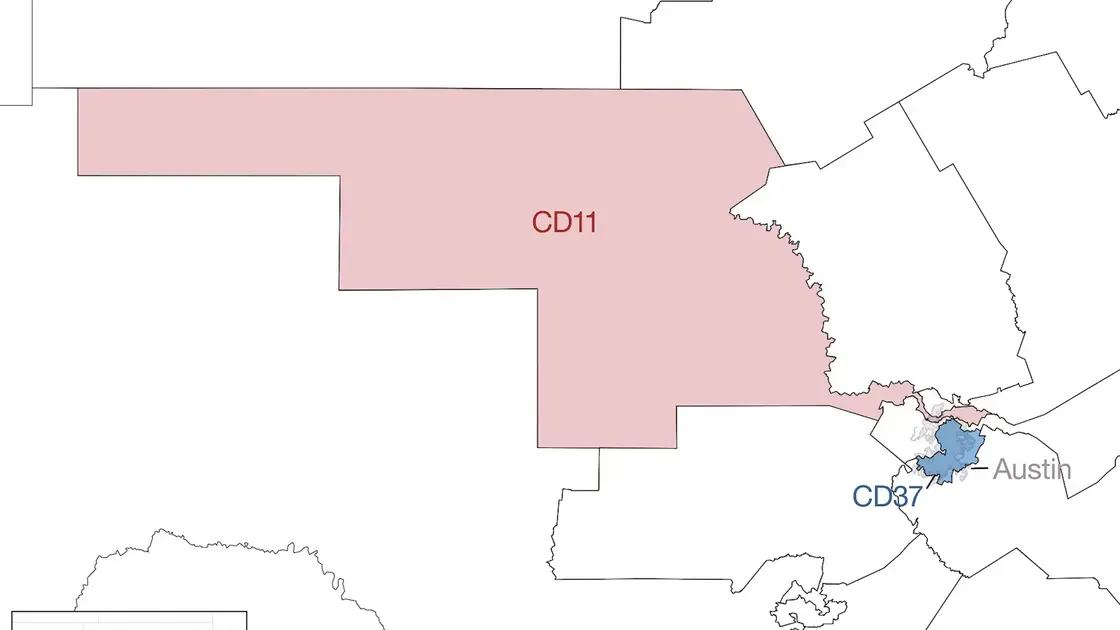
A mid-decade redistricting plan would shift Austin residents into rural districts as far as 311 miles away, drawing protests and legal questions.
Texas redistricting moves Austin voters into distant rural districts
Texas Republicans are pushing a mid-decade redistricting bill to redraw congressional lines before the 2026 elections. The plan would dissolve the 37th District, currently represented by Democrat Lloyd Doggett, and divide its areas into four neighboring districts, three of which are now controlled by Republicans. One piece would join parts of the Austin area with the 11th District held by Republican August Pfluger, stretching into rural territory near the New Mexico border.
Supporters say the map reflects population shifts and would stabilize the GOP majority for the next cycle. Opponents call it a rigged power grab that dilutes minority votes and silences urban voices in Austin and surrounding cities. Protests and walkouts followed the draft, and Democrats accuse Republicans of suppressing votes for political gain. The plan has drawn attention from national analysts who warn it could trigger legal challenges while tests of district lines move into a national conversation about fairness and representation.
Key Takeaways
"This map would clearly impair the voting strength of Texas' minority voters."
David Wasserman of The Cook Political Report commenting on the map's impact.
"They're trying to suppress the votes of Black and brown Austinites right now under this map."
Rep. Greg Casar at a protest outside the governor's residence.
"We are a vast and very heavily Republican state, conservative state, and we deserve some more consideration sending our delegation to the U.S. House of Representatives."
Rep. Carl Tepper to ABC News.
"You do not see a community of interest along county lines; you see pie-shaped districts."
Sherri Greenberg, UT Austin LBJ School of Public Affairs.
The move exposes a core tension in American redistricting: the scramble to protect political majorities versus the need to keep communities of interest intact. By spreading Austin’s urban electorate across a string of distant districts, the map challenges voters to track who represents them and why. Analysts note that Latino voters are increasingly key in Texas politics, and the argument that they no longer form a cohesive voting bloc weakens a common legal route to defend minority representation. Still, party strategists say population realities and turnout dynamics justify the redraw. If mid-decade gerrymandering becomes a tool, other states could follow, risking a race to redraw at every shift in politics rather than every ten years.
Highlights
- Distance should not silence a community's vote
- A district should reflect shared interests, not pie slices
- This map dilutes minority voting strength
- Democracy needs districts that make sense to voters
Political risk from mid-decade redistricting plan
The proposed map raises concerns about minority representation, voter suppression, legal challenges and public backlash as Texas moves to redraw lines outside the normal cycle.
The map tests how far politics will bend representation before the next election cycle.
Enjoyed this? Let your friends know!
Related News
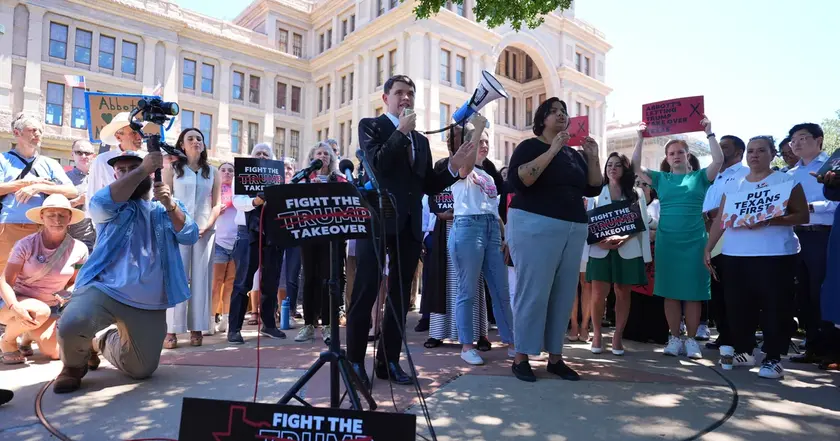
Texas Democrats flee state to block GOP redistricting

Texas Republicans propose new congressional map for 2026 elections
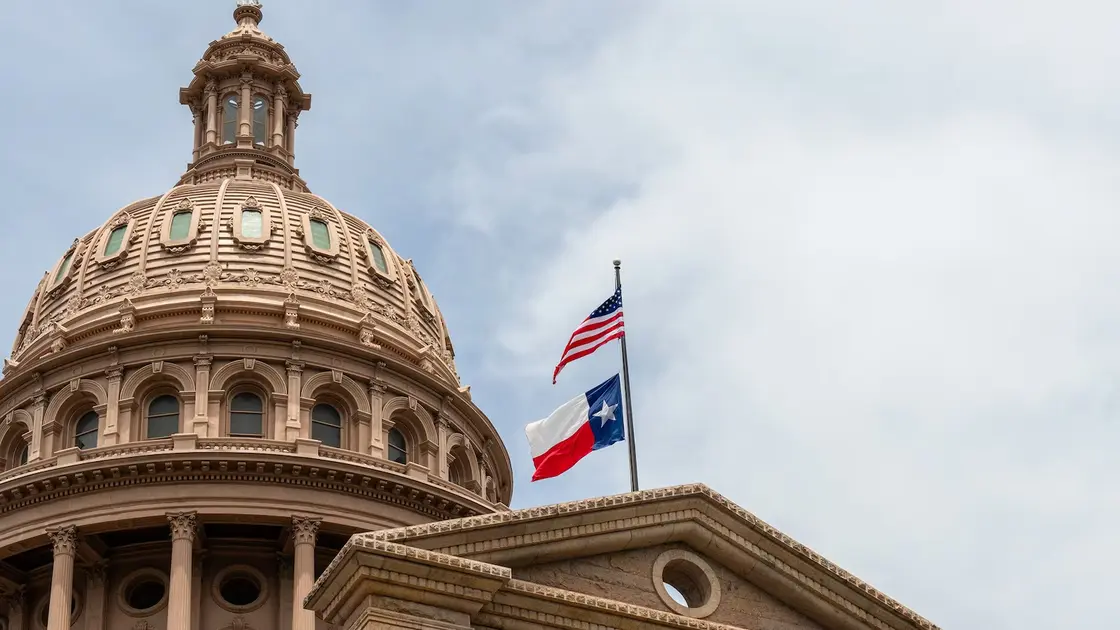
Abbott sets deadline for Democrats by 3 p.m.

Texas AG moves to remove absent Democrats in redistricting clash
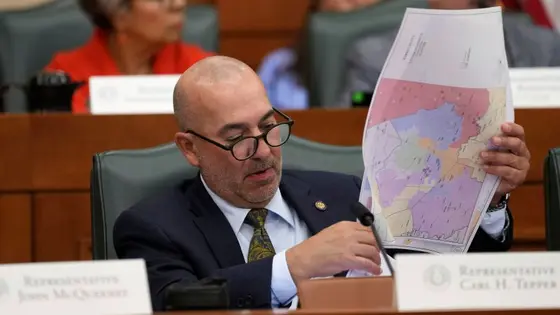
Texas congressional map advances amid party tensions
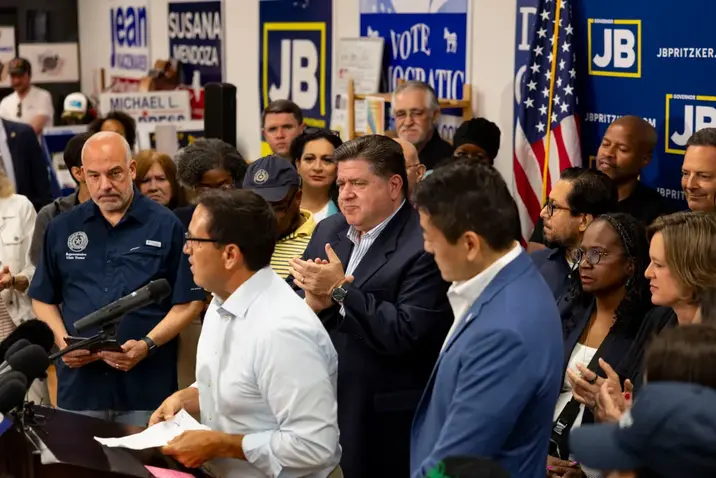
Texas Democrats flee to Chicago to oppose GOP redistricting
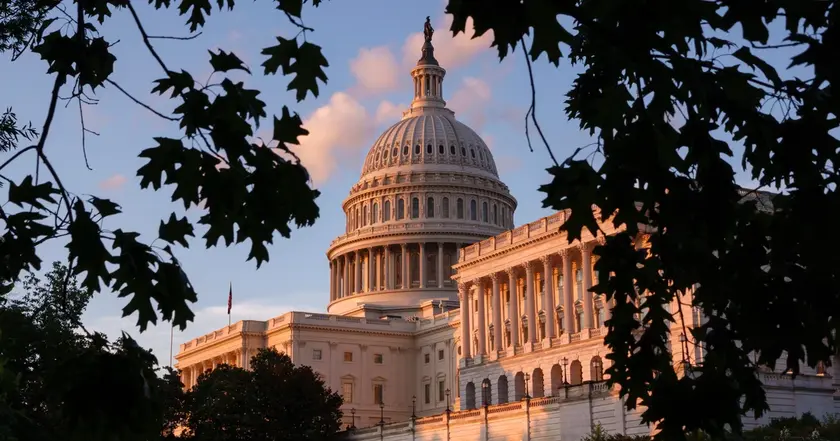
Texas advances controversial redistricting plan
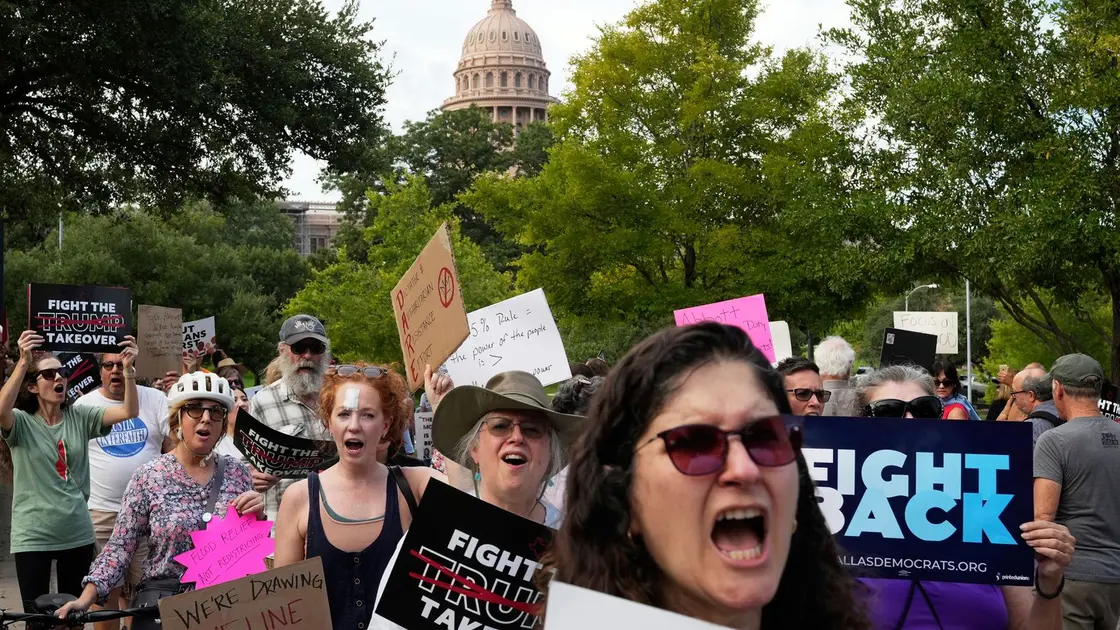
Texas Governor threatens arrests over redistricting
